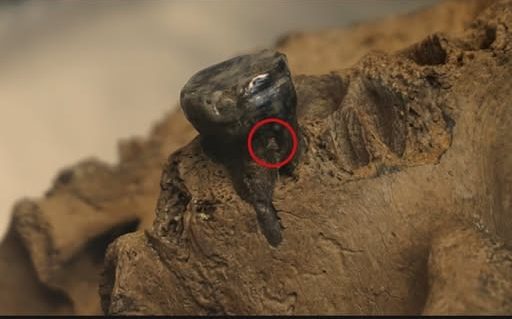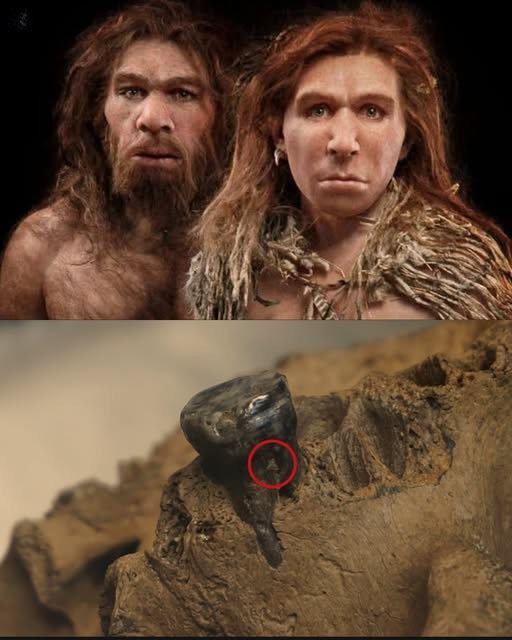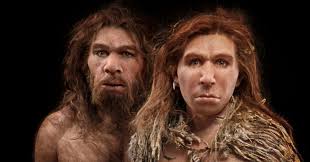Unearthing the Secrets of Dragon Man: The Denisovan Revelation

Unearthed in Harbin, China, and hidden for decades, the enigmatic “Dragon Man” skull has finally revealed its true identity—a remarkable 146,000-year-old Denisovan, a member of an ancient human lineage distinct from both Neanderthals and Homo sapiens. This astonishing discovery sheds light on one of humanity’s most elusive relatives, and it challenges our understanding of human evolution in profound ways.

The journey to uncover the true nature of the Dragon Man skull began with its accidental discovery in the 1930s. For years, it lay in obscurity, with its potential significance largely overlooked. Recent advances in genetic testing, particularly of a fossilized tooth associated with the skull, have confirmed its classification as Denisovan. This lineage, first identified through findings in Siberia, has long intrigued scientists, as it represents a group of ancient humans that coexisted with our own ancestors but left behind scant evidence of their existence.
The skull itself, with its massive size and unique features, led some to speculate that it might represent an entirely new species. Its distinct characteristics—broad cheekbones, a large brow ridge, and a robust jaw—set it apart from both Neanderthals and modern humans, igniting debates about the diversity of hominins that roamed the Earth in prehistoric times. The implications of this discovery extend far beyond the confines of the skull itself, opening new avenues for research into the lives and environments of Denisovans.

As the truth emerges from this ancient bone, questions arise about what other Denisovan secrets may still lie unnoticed in museum vaults around the world. Many fossils from this enigmatic lineage have yet to be thoroughly examined, and the potential for new discoveries is tantalizing. Could there be more Denisovan remains hidden in collections, waiting to be analyzed with modern techniques? Each new finding could unravel further mysteries about their culture, migration patterns, and interactions with other hominin species.

In conclusion, the revelation of the Dragon Man as a Denisovan is not merely a scientific milestone; it is a reminder of the complexities of human evolution and the myriad paths our ancestors took. This discovery enriches our understanding of the shared history of humanity and raises intriguing questions about the legacies we may still uncover. As researchers delve deeper into the past, we are reminded that the story of human evolution is far from complete. The echoes of Denisovans and their ancient secrets may still resonate within the depths of our shared heritage, waiting to be uncovered.